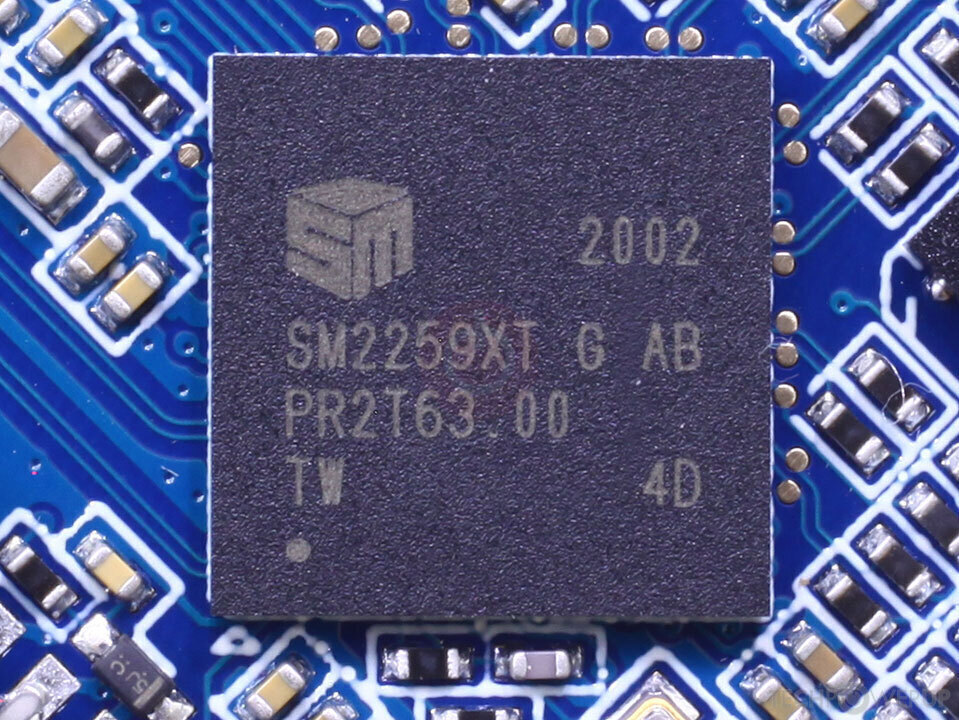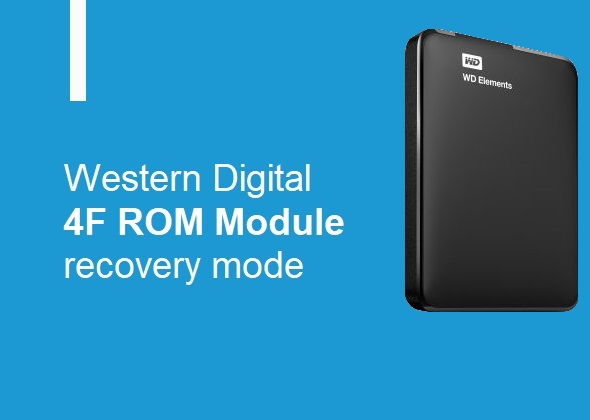Disclaimer: the article is specially written in an easy form to simplify the perception of the information presented; despite this, the material should be taken as seriously as possible.
Currently, we receive a lot of modern SMR drives for data recovery, which output a huge number of messages to the terminal at startup, and eventually freeze without access via ATA or terminal. In this case, messages can end either with the output LED BD FAdr xxxx, or without this assertion. When resuscitating SMR drives with Media Cache, you should keep in mind that it accumulates updates with the latest write operations to the disk. The main risk area includes file system metadata – small portions of updates, for example, MFT records. In our practice, there were cases when a very significant part of the MFT was stored in the MC. At the same time, when reading without MC, sectors filled with zeros were read. Or an irrelevant “past life”. Therefore, any actions to gain access to SA must be calculated so that key data elements are not damaged during manipulation and restart of the drive. We will give examples of actions with frozen drives and their dangerous moments below.













